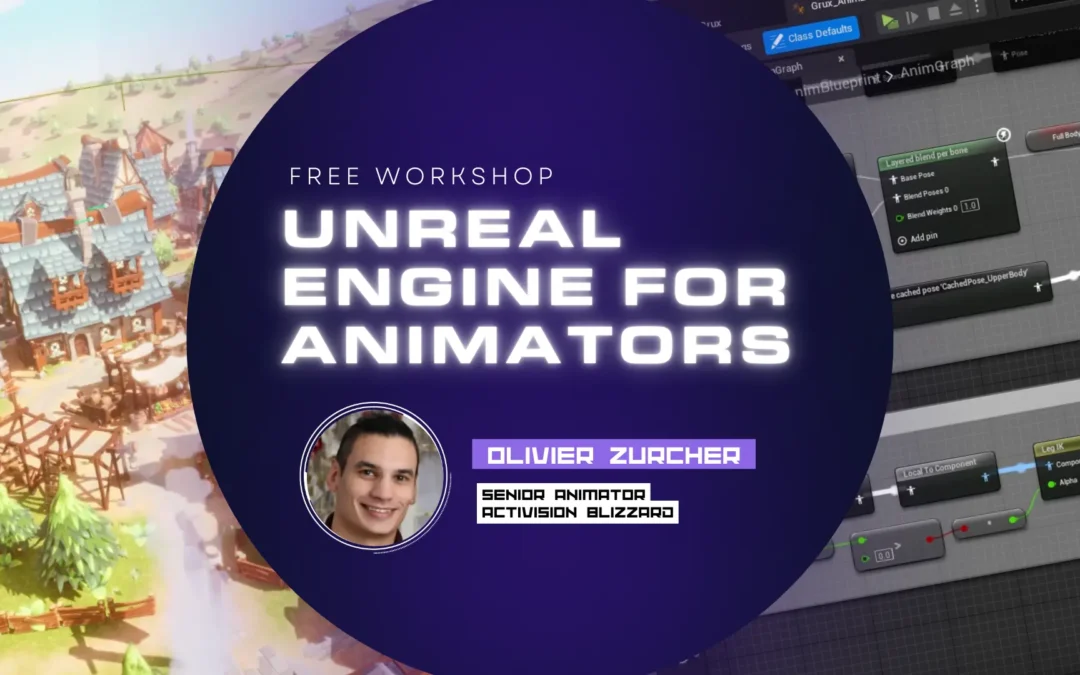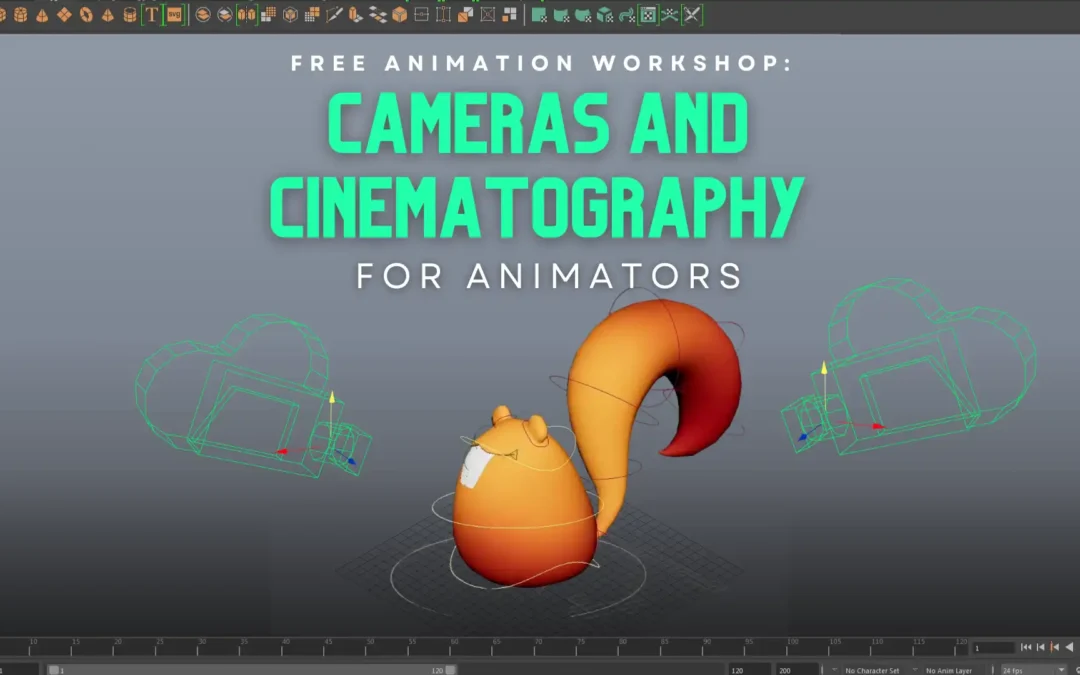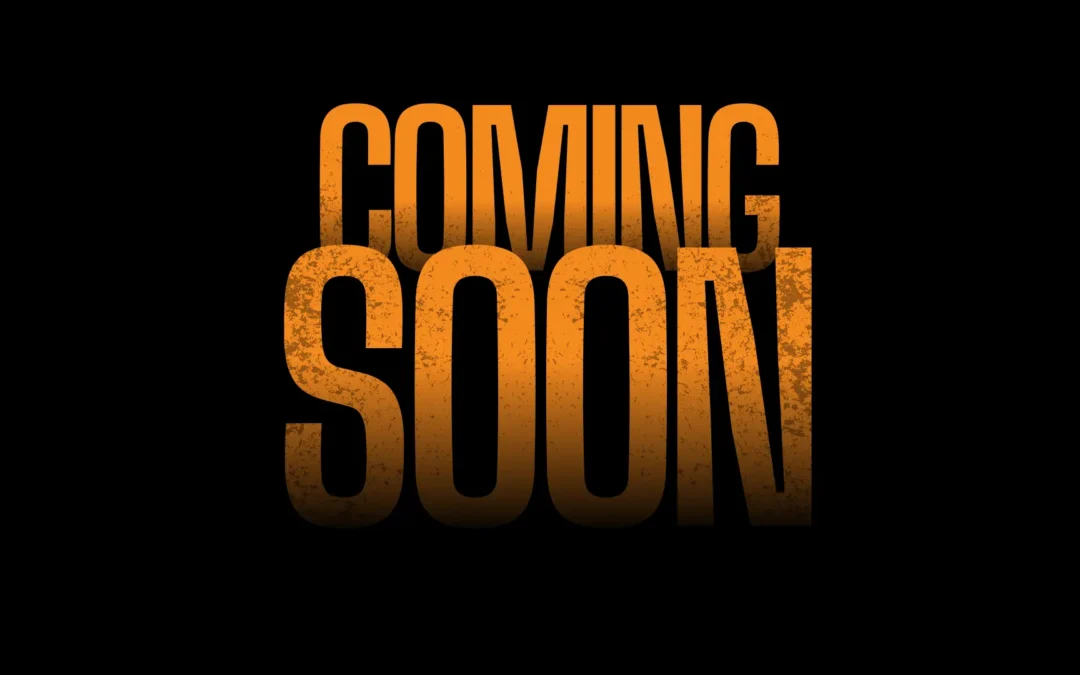
Caricature
When we think of cartoony animation we think of eye-popping takes and wild scrambles. But cartoony animation is much more than that. I think of it simply as caricatured movement. We’ve all seen caricatures of famous people. Some of their features are simplified while others are exaggerated, and somehow the best caricatures capture the essence of the person even better than an actual photograph! Caricature is one of the ways, perhaps THE way we create art. When you make art you exaggerate, simplify, and boil things down to their essentials. Even if you’re animating a realistic scene, you’ll be called upon to give it artistic touches that amp it up and make it special. To do that, you’ll need to be able to caricature movement. Your standard feature animator might expect a high level of caricature, but even a VFX animator doing realistic scenes will need to make their superheroes punch and fly. Games animators commonly need to fluidly pop from one pose to another in a frame or two, just like a cartoon.Exaggerated realism by Sony Pictures Imageworks in The Amazing Spiderman
Versatility
Versatility in any domain is a good thing. A basketball player can’t specialize in layups only. Dribbling, passing, footwork, and the rest of the fundamentals must be mastered to be effective on game day. Our game is movement, and if we only focus on the realistic end of the movement spectrum, we won’t have a good overall game. We’ve all been taught (I hope) to turn to live action reference for help with body mechanics, but what if our subject needs to move in ways we can’t act out? The more caricatured the shot, the less live action reference will help us. What then? Studying cartoony animation will open our eyes to movement possibilities we never knew existed. What can you do with a 2 frame anticipation? How do you pop your character from one position to anywhere else on screen in just a few frames? Cartoony animation has the answers.Animation by student Anat Dayag
Invention
To make our work to stand out, we have be original and inventive. A firm knowledge of cartoony animation will help give us a sense of the available options, but even so, being original won’t come easy. We’ll need to experiment and play with the movement to find something that has a spark. Traditional animators have an advantage in being able to iterate quickly with sketches. Complex rigs slow CG animators down and limit expression and experimentation. To overcome this limitation, I like to teach basic drawing skills that help CG animators to previs and rapidly iterate on their ideas with simple pose tests. Rough sketches can be created much quicker than a CG pose, leaving the animator with more time to play with movement, which means more opportunities to land on the perfect idea.Animation by student Andre Lacroix
It’s All About The Fundamentals
While cartoony animation appears to operate under different rules from naturalistic movement, it’s ultimately all just the illusion of life. Spending time with cartoony animation will make you more comfortable moving back and forth along the spectrum from realistic to caricatured movement. With more tools to explore and play with movement, you’ll be able to find the essence of the moment, whether animating a wild take, realistic subtlety, or anything in between.Animation by student Nick Kondo




